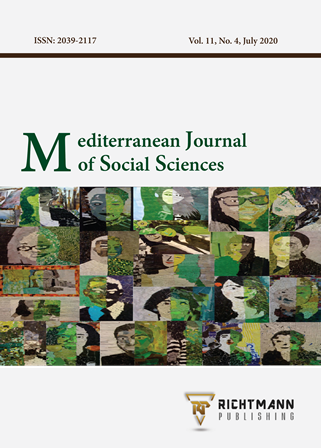Study and Development of the Process of Converting the Postal Jacket to Deteriorate for Apply to Products
DOI:
https://doi.org/10.36941/mjss-2020-0045Abstract
The purpose of this study was to evaluate the conversion of deteriorated postal jacket materials into an applied product. Postal jackets are used by the Thailand Post Co., Ltd, and can be converted into a solid sheet material. In this study, a conceptual framework was used to design a product, enlisting senior experts in materials and production to evaluate 3 design drafts to create a suitable prototype. Descriptive statistics were used to analyze and summarize the obtained data. The results found that an office furniture set design, utilizing the design concept of a flying envelope, a symbol (brand) and a horizon, was deemed a unique decoration for the office of Thailand Post Co., Ltd. This product design had the highest overall suitability ( = 4.71, S.D.= 0.21), with user and executive satisfaction rating the designs aesthetics highest ( = 4.31, S.D. =0.76), followed by structure, function, and identity, respectively.
Downloads
Downloads
Published
Issue
Section
License
This work is licensed under a Creative Commons Attribution-NonCommercial 4.0 International License.











